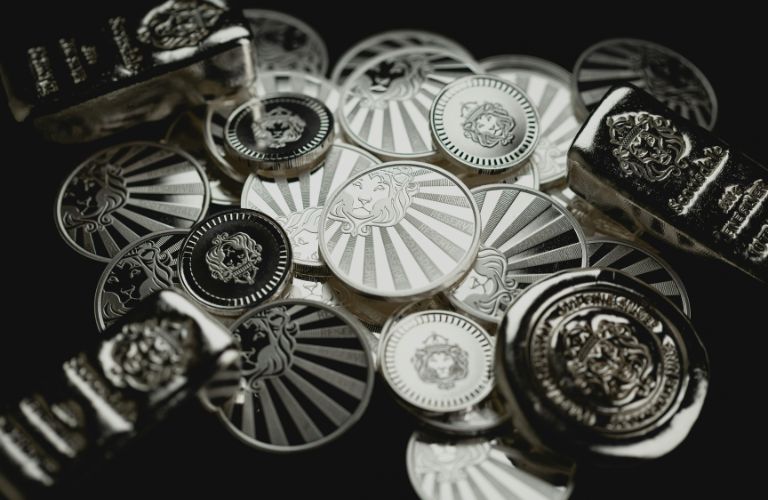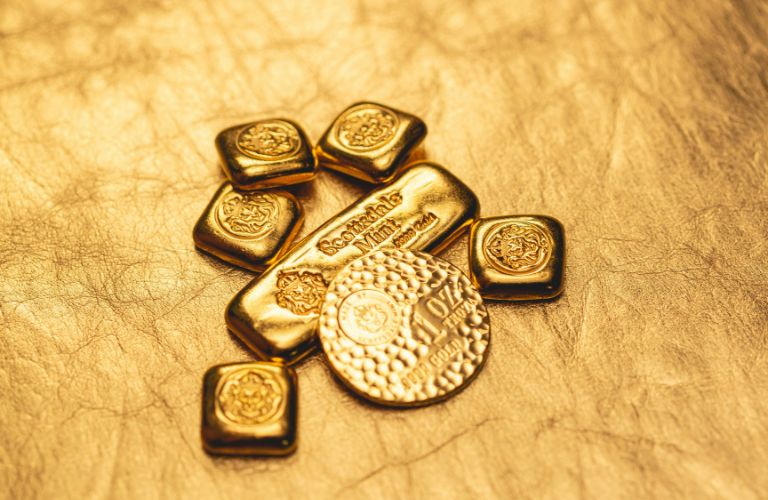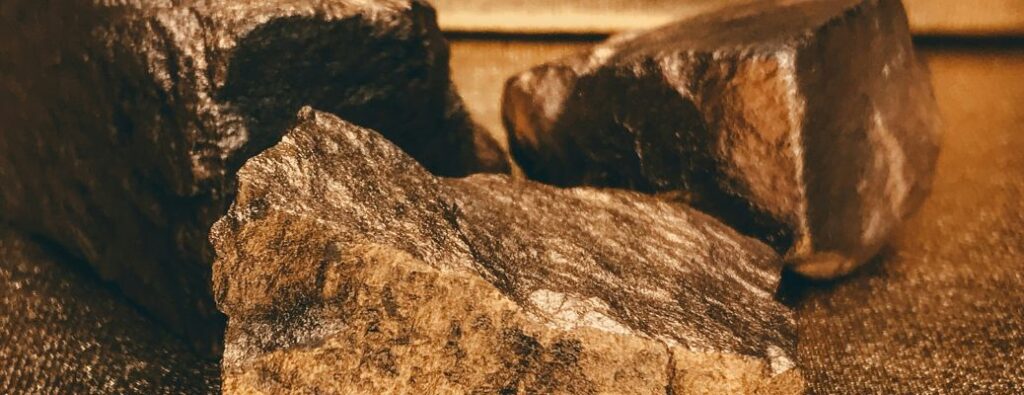When people think of rare and valuable metals, gold, silver, and platinum often come to mind. However, there are rarer metals many people have never heard of, yet they play a crucial role in modern technology, space exploration, and even medicine.
This blog will explore the six rarest metals on Earth, their unique properties, and why they are so valuable.
Californium – The $27 Million Per Gram Metal
Californium is one of the rarest and most expensive metals in existence, with a staggering price of around $27 million per gram. It was first synthesized in 1950 at the University of California, Berkeley, which is how it got its name. Unlike naturally occurring metals, Californium is artificially produced in nuclear reactors.
Uses of Californium:
- Nuclear Reactors: Used as a neutron source for starting nuclear reactors.
- Gold & Oil Detection: Helps locate gold and oil deposits deep underground.
- Medical Applications: Used in cancer treatment for targeted radiation therapy.
Rhodium – More Expensive Than Gold
Rhodium is a silvery-white, corrosion-resistant metal that is incredibly rare and valuable, often worth more than gold. It is primarily found in platinum and nickel ores, with major deposits in South Africa and Russia.
Uses of Rhodium:
- Catalytic Converters: Used in cars to reduce harmful emissions.
- Jewelry & Luxury Goods: Often plated over white gold to enhance shine and prevent tarnishing.
- Electronics: Used in electrical contacts due to its corrosion resistance.
Iridium – The Space Metal
Iridium is one of the densest and most corrosion-resistant metals known to science. It is extremely rare in the Earth’s crust but is found in higher concentrations in meteorites. In fact, a thin layer of iridium in rock formations led scientists to believe that an asteroid impact caused the extinction of the dinosaurs.
Uses of Iridium:
- Spacecraft & Satellites: Withstands extreme temperatures and radiation.
- Deep-Sea Equipment: Used in deep-sea cables and high-pressure environments.
- Medical Devices: Found in pacemakers and surgical tools due to its biocompatibility.
- High-End Fountain Pens: Provides durability for premium pen tips.

Osmium – The Densest Metal on Earth
Osmium is the densest naturally occurring element, meaning it is extremely heavy for its size. It has a striking blue-silver color and is found as a byproduct of platinum mining.
Uses of Osmium:
- Fountain Pens & Electrical Contacts: Due to its hardness and conductivity.
- Medical Implants: Sometimes used in artificial heart valves and other medical devices.
- High-Precision Equipment: Used in specialized industrial and scientific instruments.
Rhenium – The Heat Master
Rhenium has one of the highest melting points of any element, making it essential for extreme heat applications. This metal is typically found as a byproduct of molybdenum and copper mining, making it incredibly scarce.
Uses of Rhenium:
- Jet Engines & Rockets: Used in turbine blades for high-temperature resistance.
- Superalloys: Enhances the strength and heat tolerance of alloys used in the aerospace industry.
- Electrical Components: Utilized in filaments for high-performance electrical devices.
Tantalum – The Secret Inside Your Smartphone
Tantalum is a highly corrosion-resistant metal that is crucial for modern electronics. It is primarily sourced from the mineral coltan and is used in small amounts to enhance the durability of various devices.
Uses of Tantalum:
- Smartphones & Laptops: Found in capacitors that store electrical energy.
- Medical Implants: Used in bone replacements and surgical tools due to its biocompatibility.
- Aerospace & Military Equipment: Provides strength and corrosion resistance in high-stress environments.

There Are Many More Such Rare Metals that Will Play a Huge Role in the Development of the Human Race
These six metals—Californium, Rhodium, Osmium, Iridium, Rhenium, and Tantalum—are some of the rarest elements on Earth, yet they are essential to our everyday lives. From powering spacecraft to enabling your smartphone to function, these incredible metals are at the forefront of scientific and technological advancements.
As demand for these rare metals continues to grow, their value will only increase. Whether it’s a metal that costs millions per gram or one that secretly powers your devices, these hidden gems are shaping the future of innovation.
[Also read: What is the ‘Red Car Theory’? How is it Useful?]

